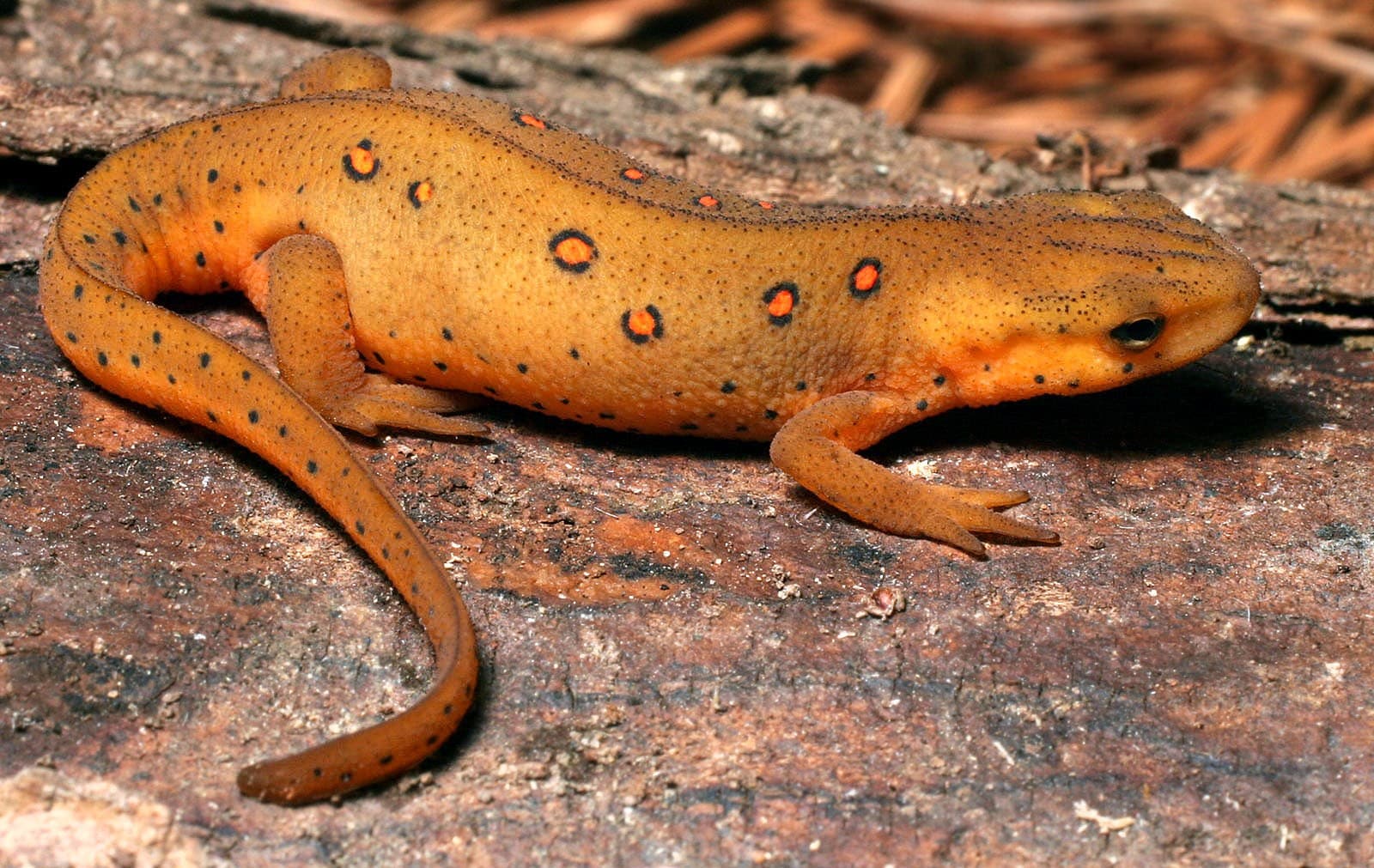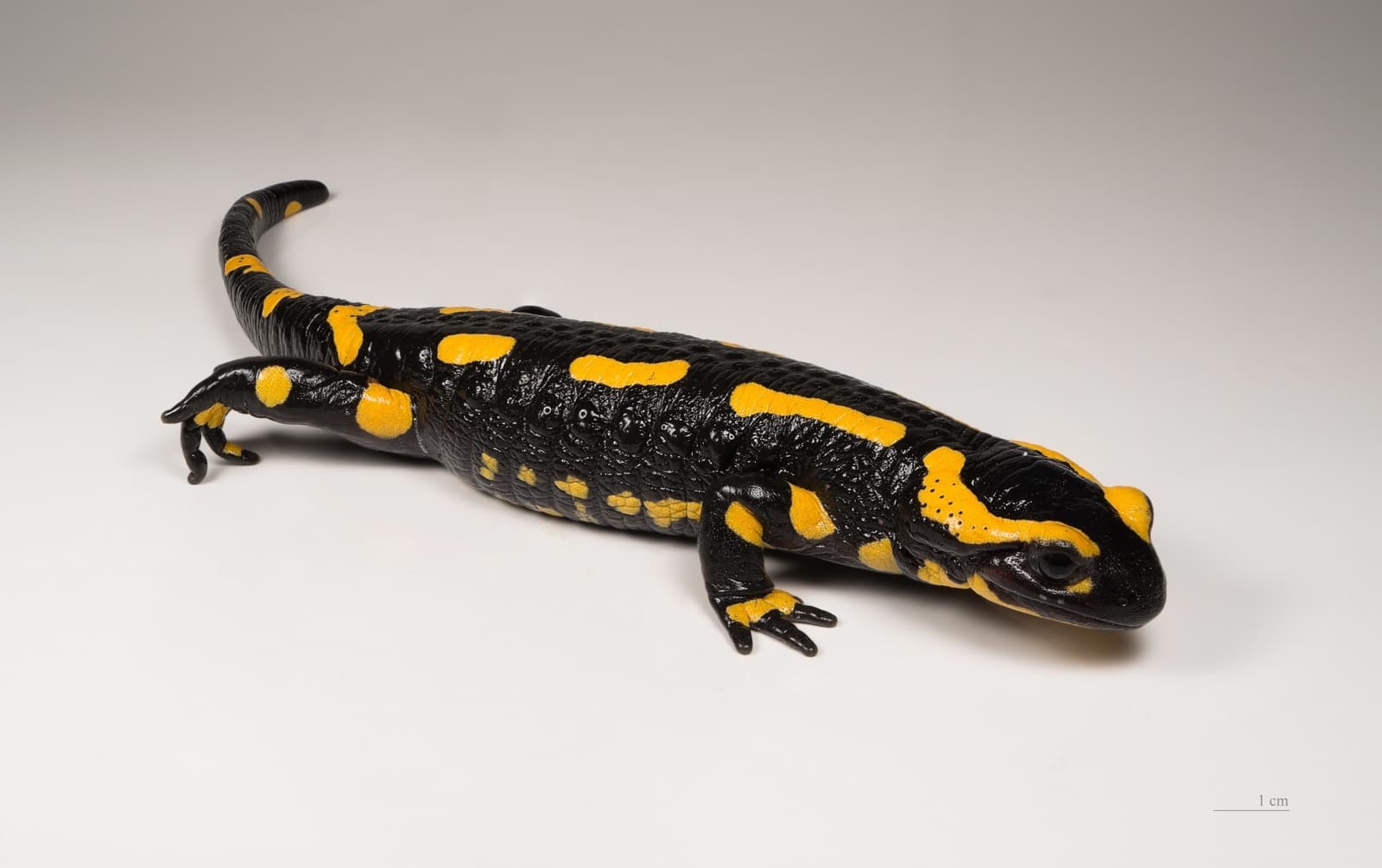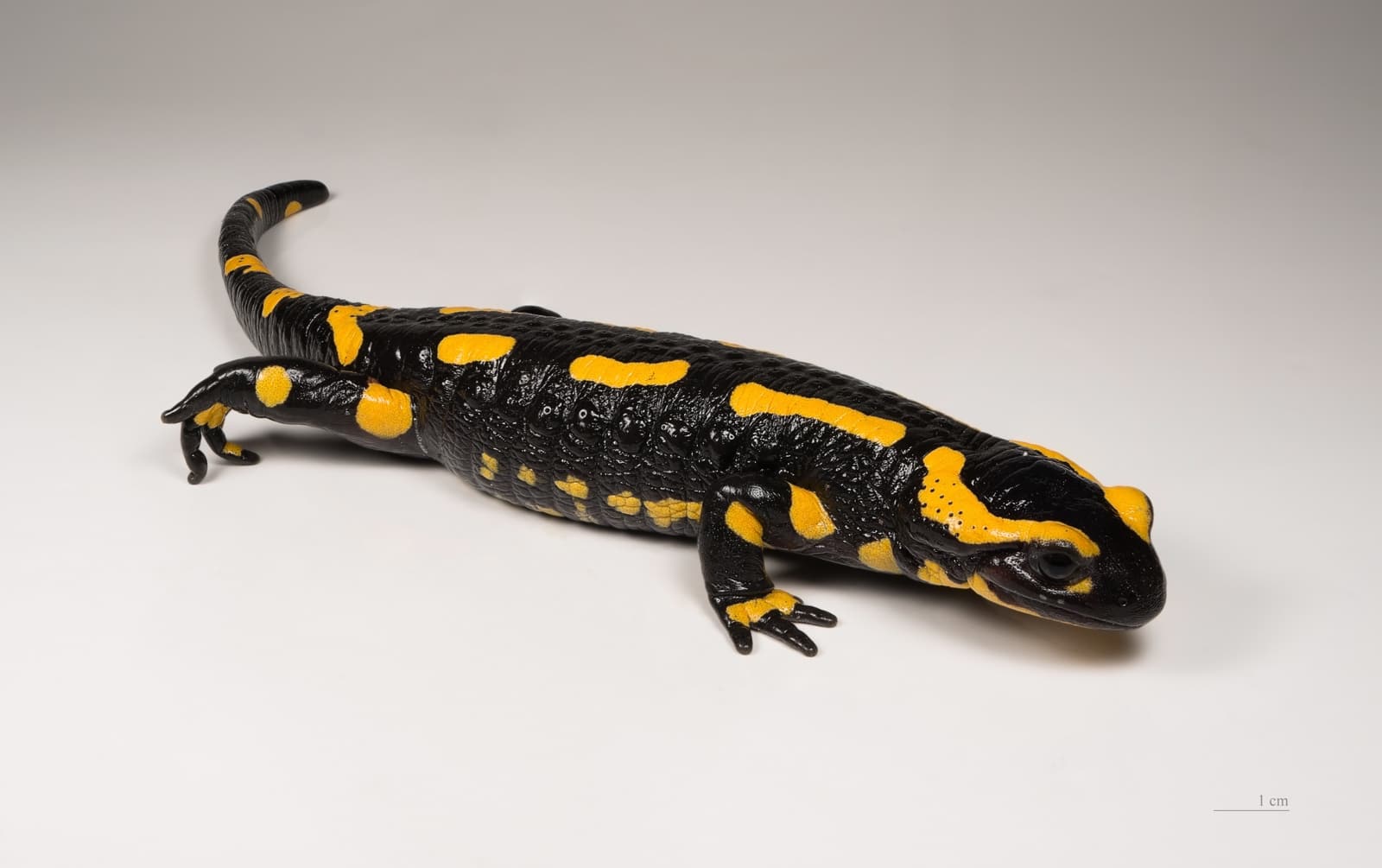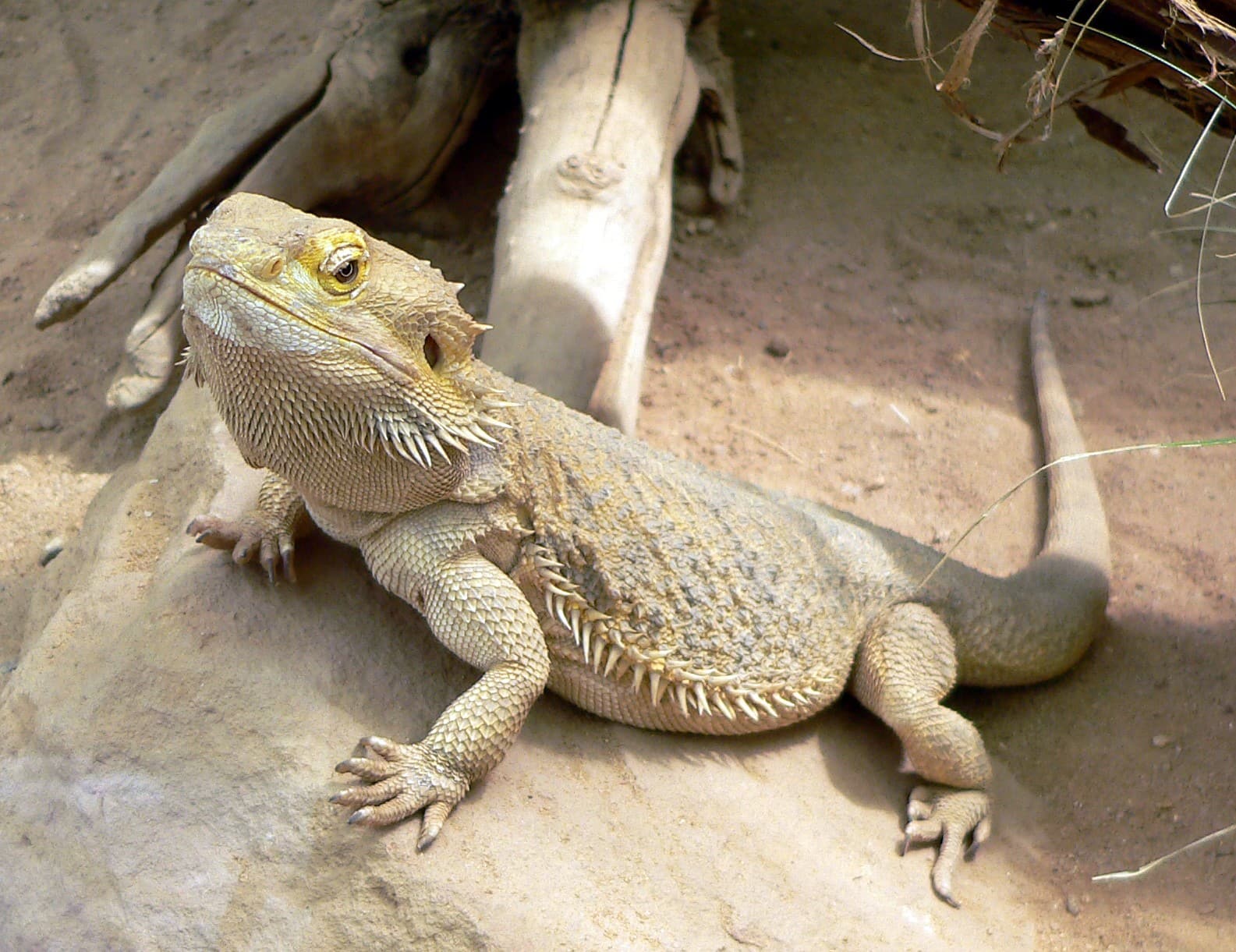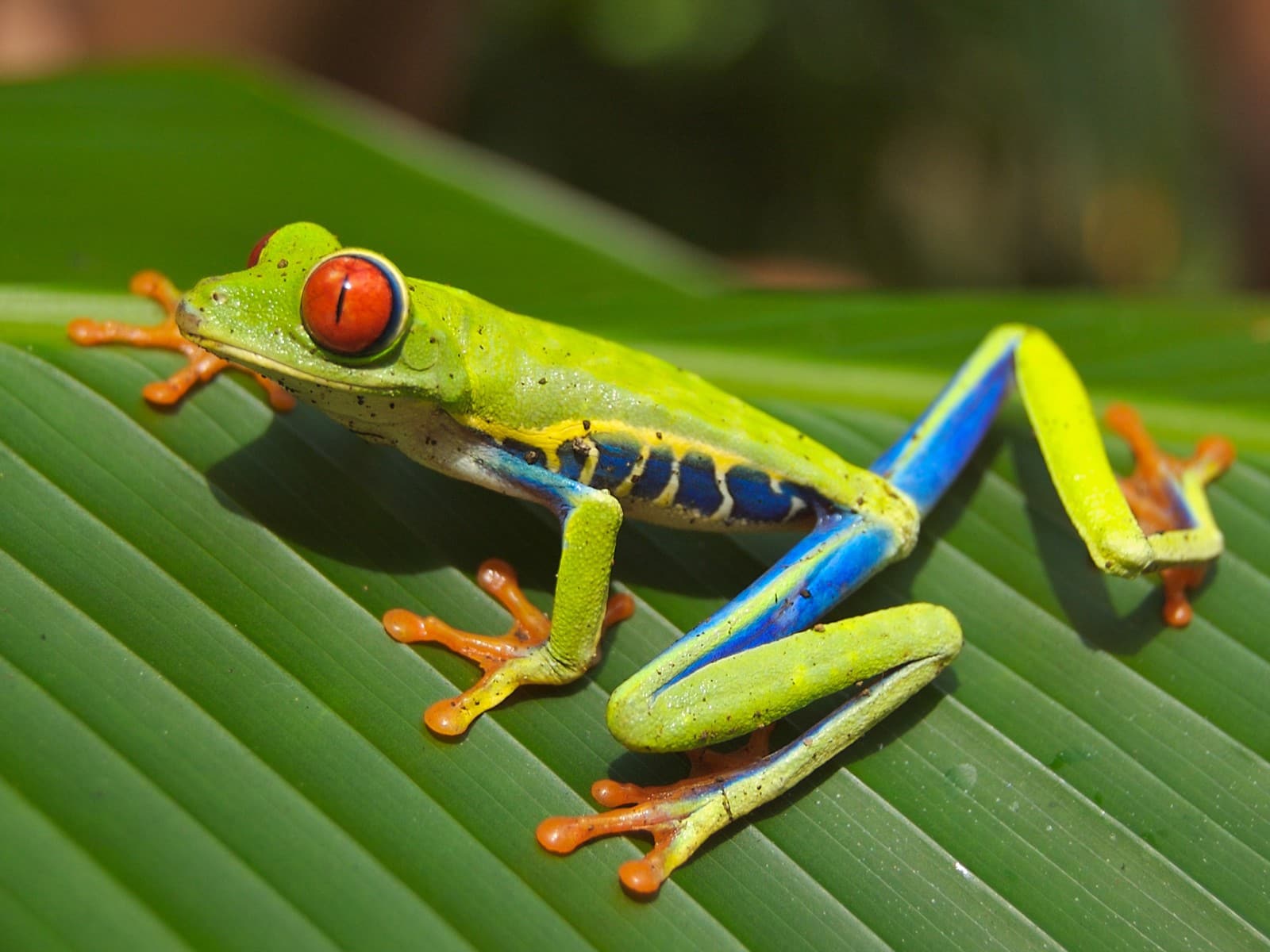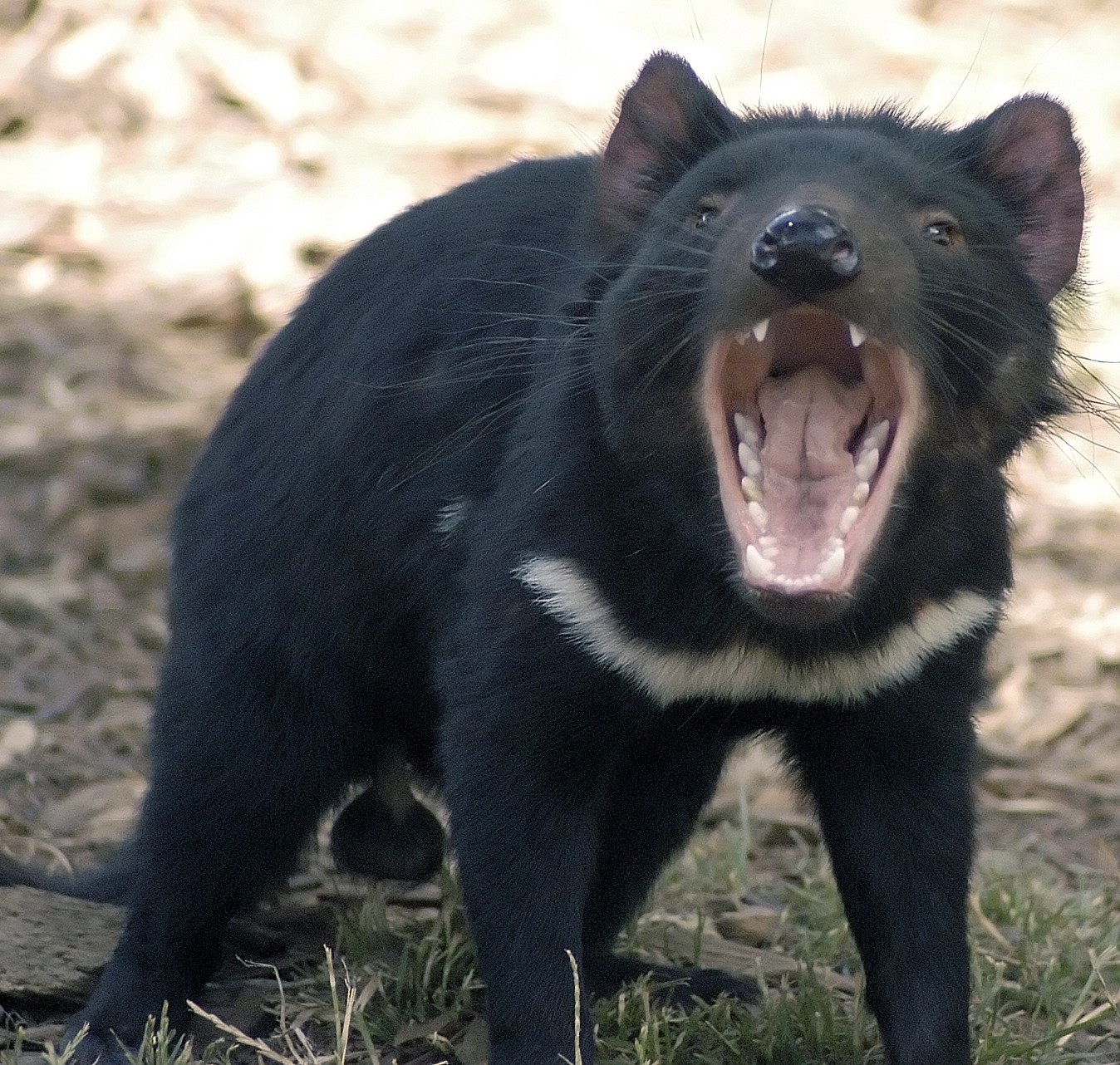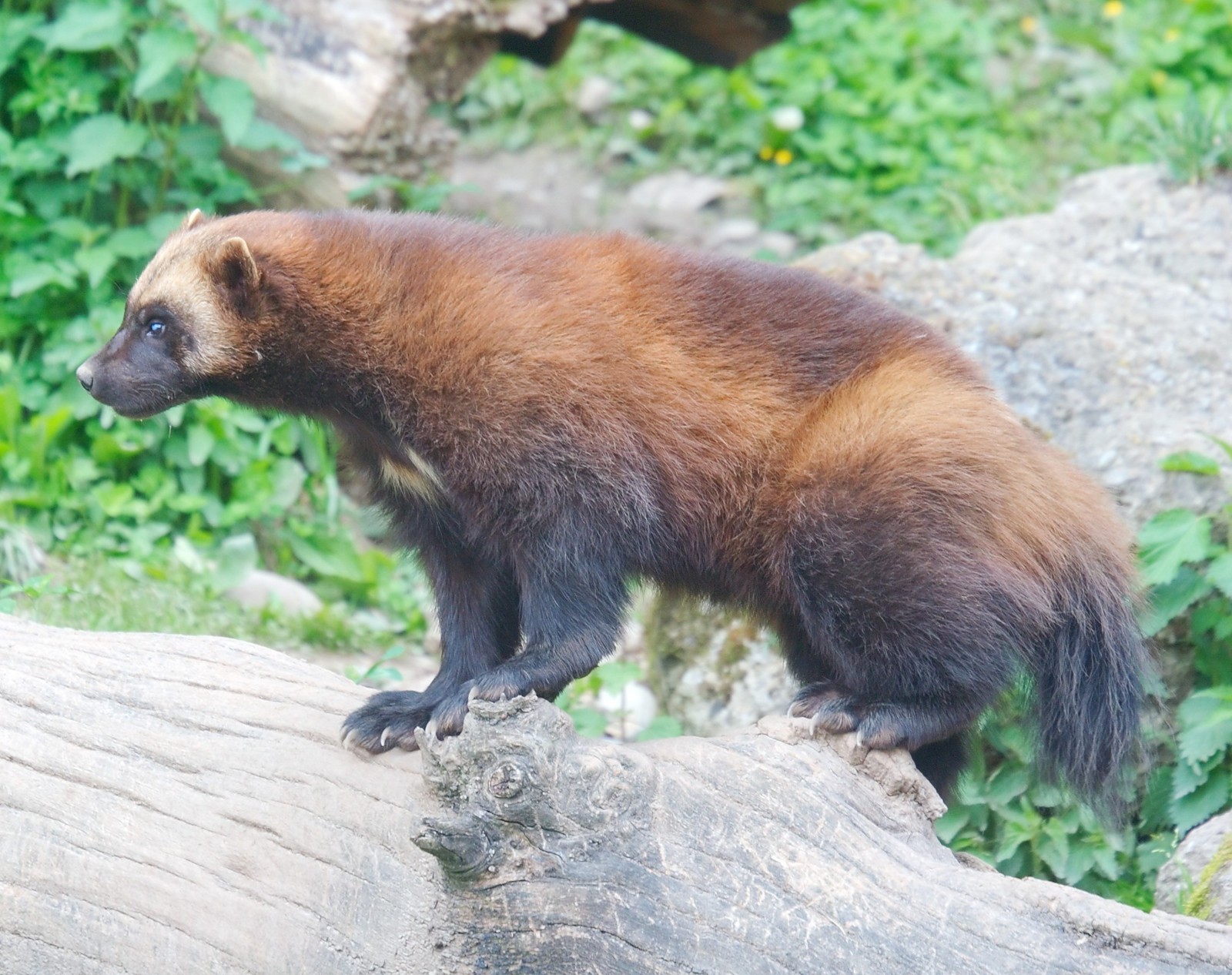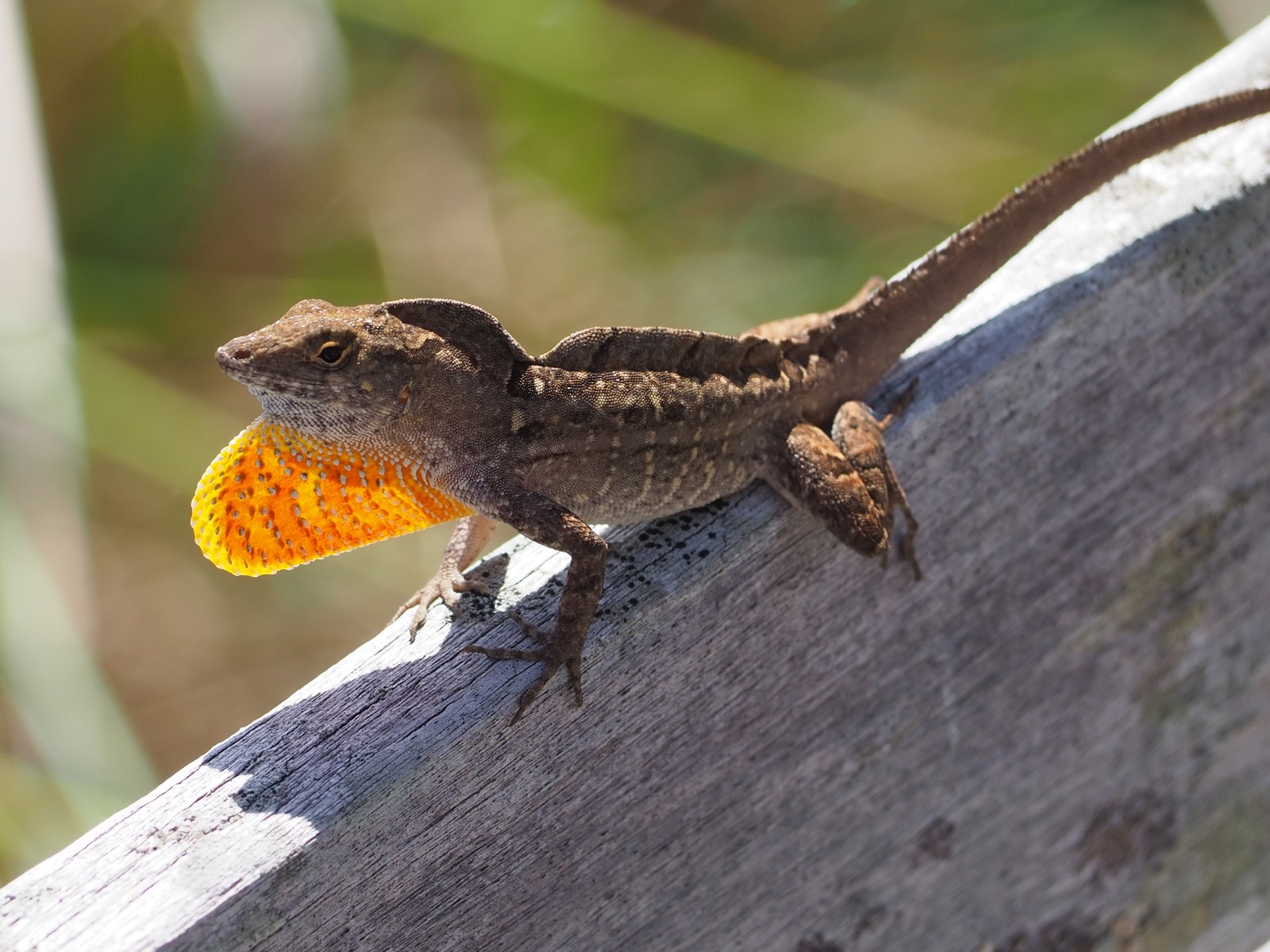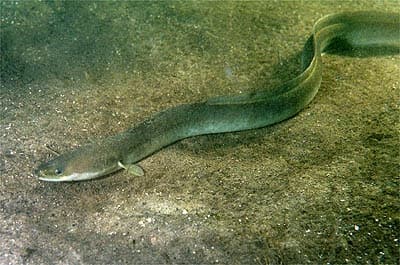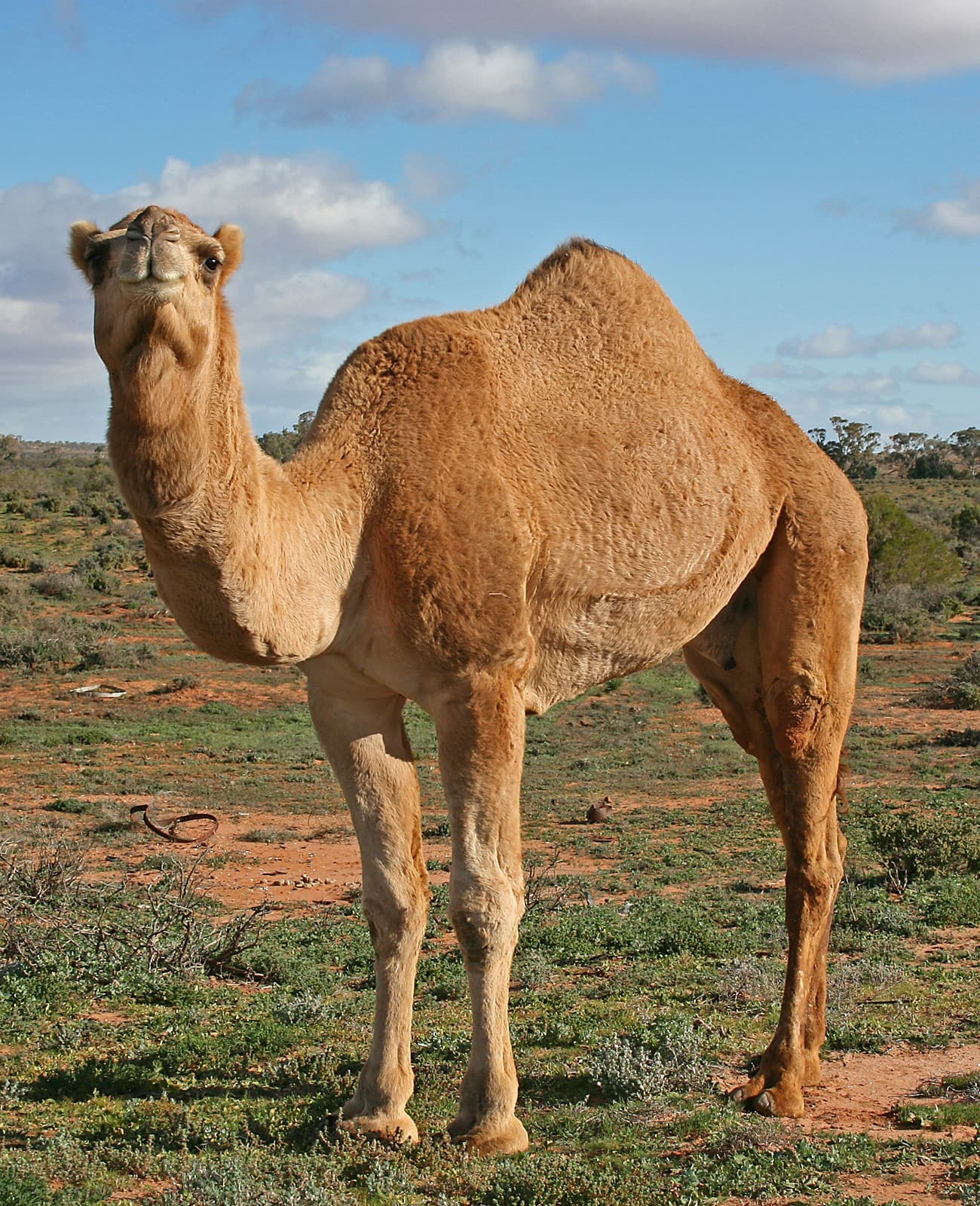Salamander vs Frog: A Complete Comparison
While salamanders and frogs are both amphibians, they exhibit striking differences in their anatomy and behavior. Salamanders maintain their tail throughout life and have a more elongated body shape, while frogs undergo a dramatic metamorphosis that results in a tailless, compact form. The average salamander measures 4-6 inches (10-15 cm) in length, compared to most frogs ranging from 1-3 inches (2.5-7.5 cm), excluding giant species.
These remarkable creatures diverged evolutionarily over 250 million years ago, developing distinct adaptations for their respective lifestyles. Understanding the key differences between salamanders and frogs reveals fascinating insights into amphibian evolution and survival strategies.
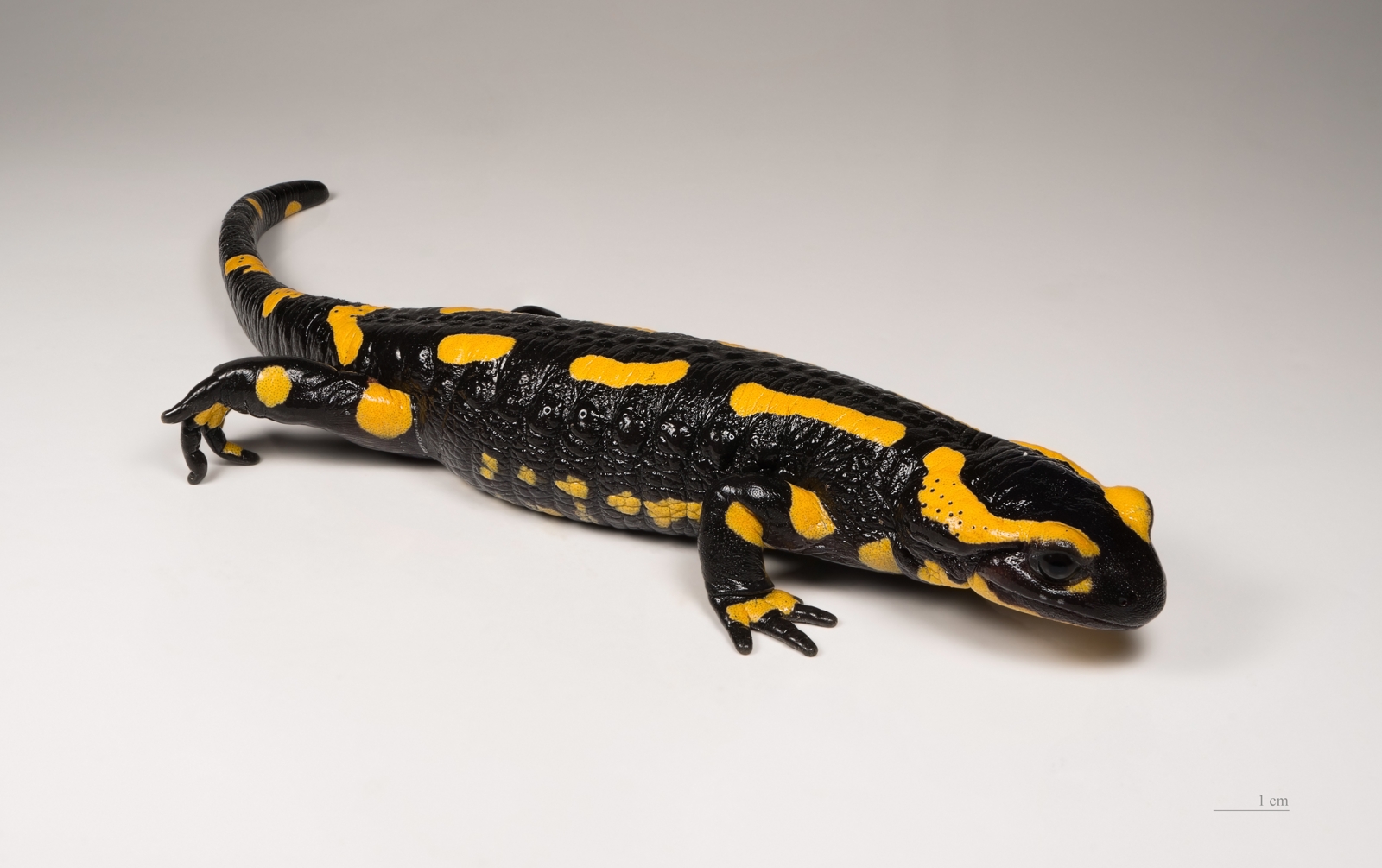
The Fire Salamander exemplifies classic salamander characteristics with its elongated body, prominent tail, and distinctive warning coloration. These features showcase the fundamental differences between salamanders and their frog cousins.
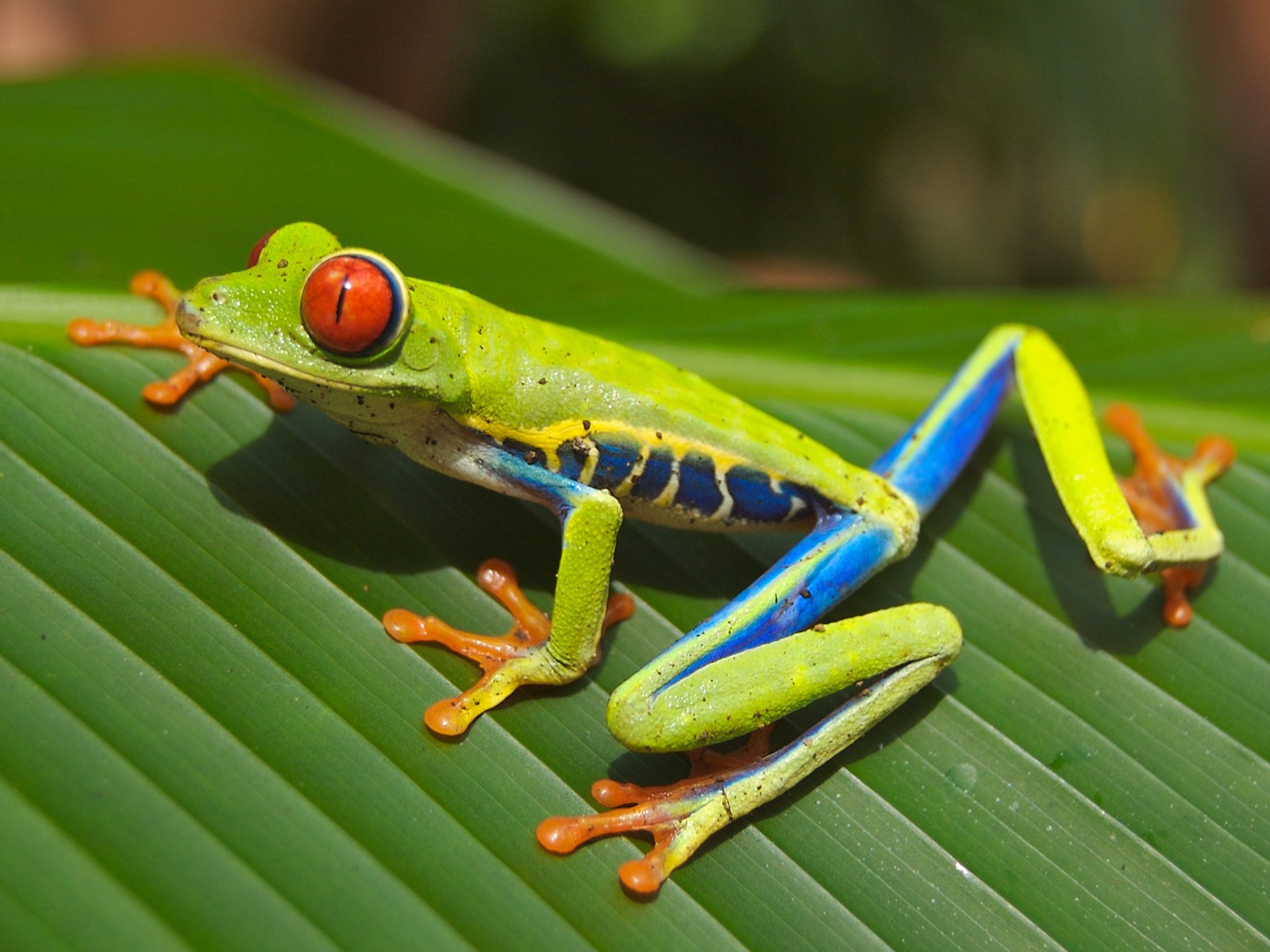
The Red-eyed Tree Frog demonstrates typical frog morphology with its compact body, powerful legs, and absence of a tail. These adaptations enable their characteristic jumping locomotion and arboreal lifestyle.
Key Differences: Salamander vs Frog
| Feature | Salamander | Frog |
|---|---|---|
| Body Structure | Elongated with tail | Compact and tailless |
| Locomotion | Walking/swimming | Jumping/swimming |
| Leg Development | Equal-sized limbs | Powerful hind legs |
| Skin Texture | Smooth, often with glands | Usually warty or smooth |
| Breeding | External fertilization, often terrestrial eggs | External fertilization, usually aquatic eggs |
| Size Range | 4-12 inches (10-30 cm) | 0.3-12 inches (0.8-30 cm) |
Habitat and Distribution
Salamanders typically inhabit moist woodland environments, requiring damp conditions to maintain their permeable skin. They’re often found under logs or rocks, emerging during wet weather or at night. In contrast, frogs have adapted to a wider range of habitats, from tropical rainforests to desert oases, though they still require moisture for reproduction.
Behavioral Differences
While frogs are known for their distinctive vocalizations, particularly during mating season, salamanders remain largely silent. Frogs communicate through an extensive repertoire of calls, using specialized vocal sacs. Salamanders rely more on chemical signals and subtle body movements for communication.
Hunting and Diet
Both amphibians are carnivorous, but their hunting strategies differ significantly. Salamanders typically stalk their prey, using their sticky tongue or simply grabbing food with their mouth. Frogs, however, are ambush predators, using their long, projectile tongues to capture insects and other small prey from a distance.
Survival Adaptations
Defense Mechanisms
- Salamanders often possess toxic skin secretions and bright warning colors
- Frogs utilize camouflage, toxic secretions, or startling displays
- Both can autotomize (shed) body parts, though salamanders can regenerate limbs and tails
Reproduction
Salamanders typically lay smaller clutches of eggs (20-200) compared to frogs, which can lay thousands of eggs at once. While most frogs require water bodies for breeding, some salamanders can complete their entire life cycle on land.
Conservation Status
Both groups face similar threats from habitat loss, pollution, and climate change. According to the International Union for Conservation of Nature (IUCN), approximately 41% of amphibian species are threatened with extinction, making them one of the most vulnerable vertebrate groups globally.
Who Would Win in a Fight?
While this question often arises, direct competition between salamanders and frogs rarely occurs in nature. Both possess unique defensive adaptations, but neither is naturally aggressive toward the other. Their different hunting strategies and habitat preferences typically prevent direct confrontation.
Through millions of years of evolution, salamanders and frogs have developed distinct characteristics that make them perfectly adapted to their respective niches. Understanding these differences not only satisfies scientific curiosity but also helps inform conservation efforts to protect these remarkable amphibians for future generations.
